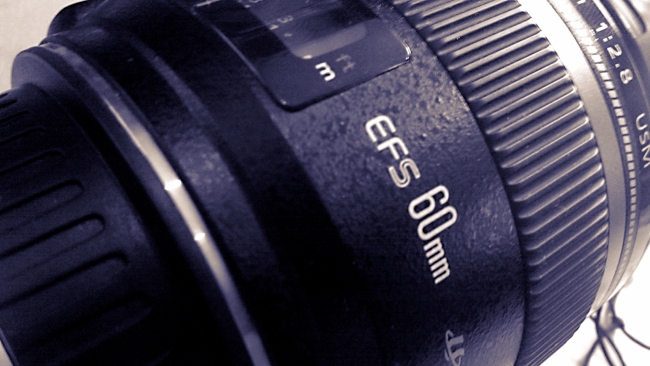
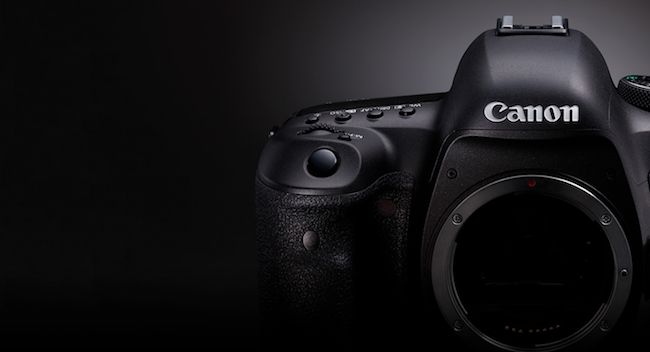 Canon EOS-5D Mark IV
Canon EOS-5D Mark IV
While there are fair criticisms of the new Canon 5D Mark IV's video feature set, the sensor crop for 4K capture is only a minor concern.
It's almost impossible to write a piece like this without it being seen as a craven attempt to mitigate something that's being seen as a flaw. Even so, it's possible there's a degree of misunderstanding of the underlying technical issues at play here which is worth talking about, even just so we can have a more informed debate.
First things first: would it be nice if Canon's shiny new EOS-5D Mark IV offered a mode which sampled the full-frame sensor while shooting video? Of course, it would. The reason it doesn't, though, is almost certainly down to some fairly well-founded technical realities. The new camera has a high resolution sensor – extremely high resolution, in fact, a shade over thirty megapixels. Let's overlook, for a moment, the issues involved with offloading the image data from that sensor at video frame rates.
A question of scale
We don't know how wide an offload pipe the low-level design of the sensor provides, although we do know that it can shoot seven full-size photos per second, which is one more than the previous model. Stills photographers value the ability to shoot at high frame rates in order to capture an ideal moment, and there's much talk of grabbing stills from the 4K video for this purpose. We'll discuss the quality trade-offs in video mode later on, since they're arguably a more relevant problem than the sensor size limitations.
It walks like a stills camera and, er, quacks like a stills camera,
so let's not expect it to be a high-end digital cinematography device
Still, the engineering challenges of grabbing the full sensor image and turning it into a 4K or 1080p video frame are probably as much to do with scaling as they are to do with sensor engineering. Let's assume we could get hold of that full 30-megapixel image; let's assume that we have enough memory to store it in and to do work on it. Scaling it down to even the eight-and-a-bit megapixels of DCI 4K requires us to remove almost three pixels in four. If we just leave them out, picking every fourth pixel, the huge effective gaps between the pixels we're using will cause terrible aliasing.
This is fundamentally the problem which attended the 5D Mark II, the first Canon DSLR to have video capability. Canon cleverly attempted to mitigate the problem by having the sensor grab irregularly-shaped clumps of pixels, which helped, but the image was riven by the twinkling artifacts of aliasing. One might contend that Canon should include sufficient hardware to grab the whole sensor and do the scaling properly, whatever 'properly' means in that context. Certainly, this might be possible, although it might also cause the camera to balloon in size, cost, power consumption and noise level, because we might be reaching into the realms where the electronics would need active cooling. We've published before about digital blur mathematics, which form the necessary low pass filtering required for high quality image scaling, and it is not a trivial topic. It makes much more sense, from an engineering standpoint, to simply snapshot the area of the sensor that's the right resolution for the result we want. The term 'shortcut' can imply laziness, but this is simply a sensible and efficient design choice.
Big chip-focused?
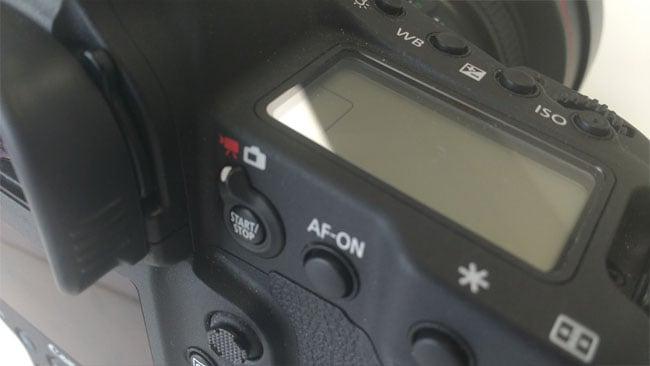
4K video modes are one of a huge range of new features
We should also examine why people want big-chip video cameras. The short depth of field can be attractive and very appropriate for certain types of production. It was, at least, some part of what people liked about the 5D Mark II, although the sensitivity and dynamic range, particularly the pleasant highlight handling, were probably larger parts. There are undeniably things which can be done on big-chip cameras that can't be done on smaller chips.
The thing is, this is an argument that's been going on for some time, particularly since the brief flirtation that cinema production had with 2/3" cameras in the mid-2000s, the days of the Viper and F23. With sufficiently fast lenses – which are easier to make well for smaller chips – it was possible to shoot below f/2, approximating the depth of field of a 35mm camera at f/4, and nobody would criticise anyone for shooting 35mm at f/4 on the basis that it creates too deep a depth of field. On the contrary: shooting super-35 sensors at f/1.4 (or full-frame DSLRs at f/2.8) creates a focus-pulling nightmare that I think we should admit can become a realtime sink.
Of course, the fact that Canon used (entirely sensible) engineering shortcuts to implement the 5D Mark IV's video feature has no influence on the artistic desirability of a full-frame sensor. They're two separate issues. The fact that a feature is difficult to implement does not make it undesirable, and the fact that a feature is not essential does not entirely justify its omission.
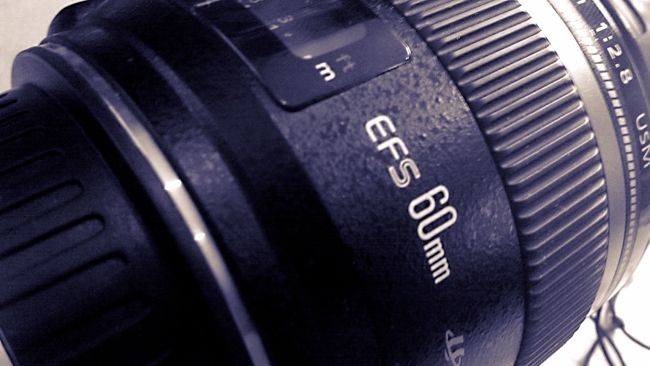
Although most EF-S lenses would cover the 1.7-cropped area of the 5D Mark IV's sensor
that's active in video mode, they still can't be used
Even so, this doesn't seem like a very big deal. The term 'crop factor' is dubious enough in itself, but a sensor having an effective crop of 1.7 is only slightly smaller than most APS C cameras which hover around 1.6, yielding something that's broadly the same size as a super-35mm frame anyway. It seems sensible to tolerate that slightly smaller sensor for, with luck, improved aliasing performance, assuming the camera actually has good aliasing performance.
If there are reasons to criticise the feature set of the 5D Mark IV, they're concerned with the limited frame rates, the lack of any high dynamic range log mode, the 8-bit 4:2:2 limit and, most notably, the lack of 4K HDMI output. This latter omission fares perhaps most poorly in comparison to the immediate competition and there is no intention here to make excuses for Canon's product. Firmware updates could, depending on fundamental hardware limitations, perhaps provide more flexibility. It would be reasonable to ask for smaller options, too, to provide for people shooting in high-mobility circumstances for documentary and hard-to-focus subjects in general. The sensor crop, however, for all the fuss it is causing, is perhaps the least concerning aspect of the feature set.
Tags: Production
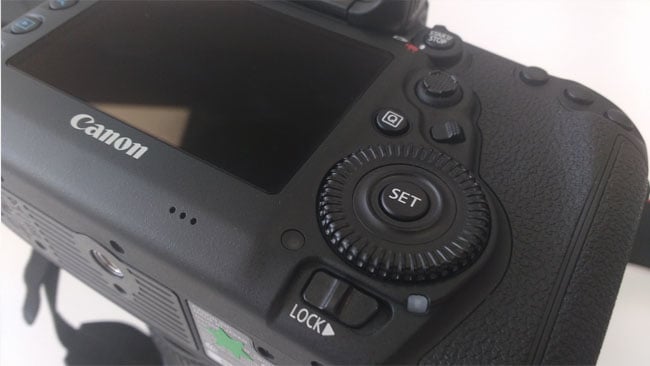


Comments